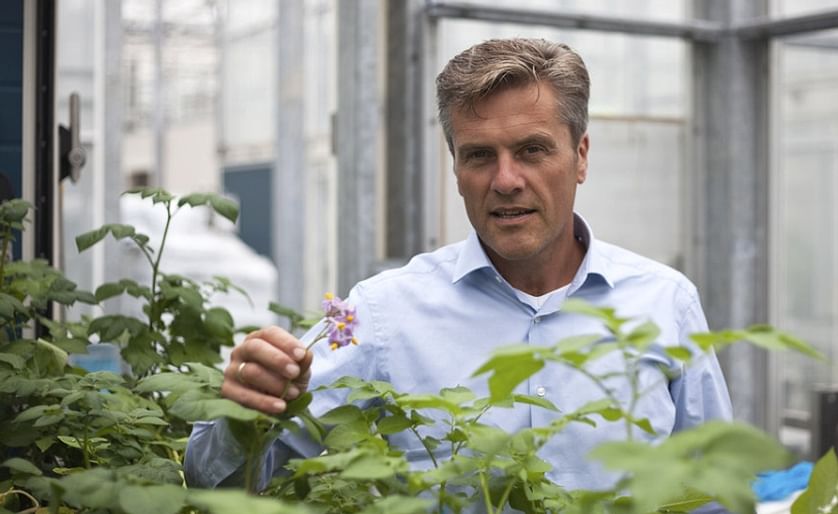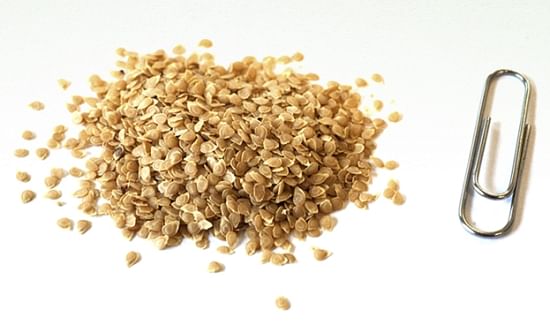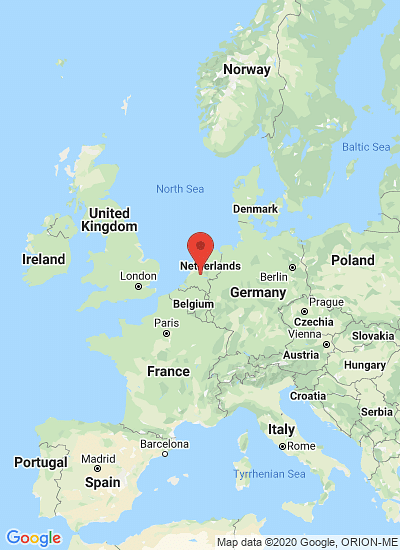Robert Graveland, R&D manager at HZPC (Courtesy: HZPC)
Are hybrid potato seeds the future?

Hybrid potatoes are piquing the interests of people both within and outside the potato sector.
A hybrid combines the best of two systems in order to maximize performance. In the same way that a hybrid car achieves maximum horsepower by using the electric and the diesel engine, two specially developed parent lines create a strong and high-performance variety when crossed.
Successful hybridization can significantly boost potato breeding. It can also replace seed potatoes with actual seeds. In other words: it's possible to grow potatoes from seeds instead of seed material (seed potatoes).
But what does hybridization mean? And will it change the sector for good?
The history of potato breeding
Robert Graveland, R&D manager at HZPC:
'The market still uses hundred-year-old potato varieties. Unlike other crops, their potential cannot be structurally improved each year, although bigger strides have been made over the past fifteen years.'There are two types of propagating material. Most varieties are cultivated from seed potatoes. This means each tuber is a clone of another tuber, which makes them genetically identical. A small portion is available as seed, which is known as a true potato seed (TPS) variety. This is a genetic mixture of seeds that looks relatively uniform at the plant and tuber level. What's new is how we create true hybrids, which combines the ideal elements of both systems.
'Breeding is about controlling the properties and speed of genetic reorganization. You can compare classic breeding to having two crystal glasses which you smash and then put together in a new form. It's never going to be perfect. You start all over again with each new hybrid.'

Potato seed. Paperclip is added to illustrate size (Courtesy: HZPC)
Hybrid breeding
Robert explains:
'Hybridization means you create inbred strains that are used as the parents during the cross breeding stage,'
'The seeds from this hybrid constitute the variety. In current breeding practices, each individual seed is different and the cloned tubers from a single original seed constitute the variety. With hybrid breeding, the seeds are identical and form the propagating material for a variety. The emphasis is on creating the right parent combinations and seed quality, instead of making a lot of individual clones and tuber progenies. Creating parent lines for potatoes is a problem, as is the self-pollination required for producing these parent lines.'
'Now that this has become technologically feasible, hybrid potatoes from seeds are attracting attention both within and outside our sector. Instead of using the tuber as the basis, we can now use the seed. This is an entirely new approach that offers new opportunities. More importantly, it's a common breeding practice used for a variety of crops, including tomatoes, sweetcorn, and sugar beets. It has nothing to do with genetic manipulation.'
Are hybrid potatoes the future?
With the help of parent lines, newer and stronger varieties can be developed more quickly, and existing varieties can be improved. Moreover, the hybrid varieties can be traded as seeds instead of seed potatoes. A bag of seed is cheaper to transport than a container of seed potatoes. More importantly, the risk of diseases is much lower in seeds than seed potatoes. The Erwinia bacteria, one of the biggest problems when cultivating seed potatoes, is not transferred to the plants when cultivated from seeds, giving the plants a healthy start.
'All the elements for success are present,' says Robert. 'Technically speaking, it's possible but there are still a lot of questions that need answering. We are now trying to figure out whether we can achieve the right mass and therefore the right yield. If so, the next question is whether it will be successful on the market. Hybrid varieties need to have a clear added value compared to existing varieties. Another question is whether the existing cultivation systems are adequate enough. People are used to cultivating tubers, not seeds. I think it will take at least ten years to verify the technical aspects.'
Seed versus tuber
'I believe that seeds and tubers will always complement each other,' Robert stresses. 'Seeds have their advantages, but so do tubers. Tubers have more vigorous growth, particularly in the beginning of the season. This is important when growing potatoes in a colder climate or in an area with poor irrigation.' The more common potato cultivation becomes, the more revolutionary this will be for cultivation practices!
HZPC & hybrid potatoes
Plant breeding is both an ancient practice and a very current one when it comes to the availability of safer and higher-quality food to feed the world's growing population. Hybrid breeding allows us to breed higher quality potato varieties more quickly, using fewer pesticides. Cultivating hybrid potatoes from seeds could make an important contribution to solving the global food problem.
HZPC is always looking for new developments in this sector and views many of the elements of hybridization as having a good potential for success. Methods to accelerate the breeding process and make it more effective are always of interest to HZPC.




